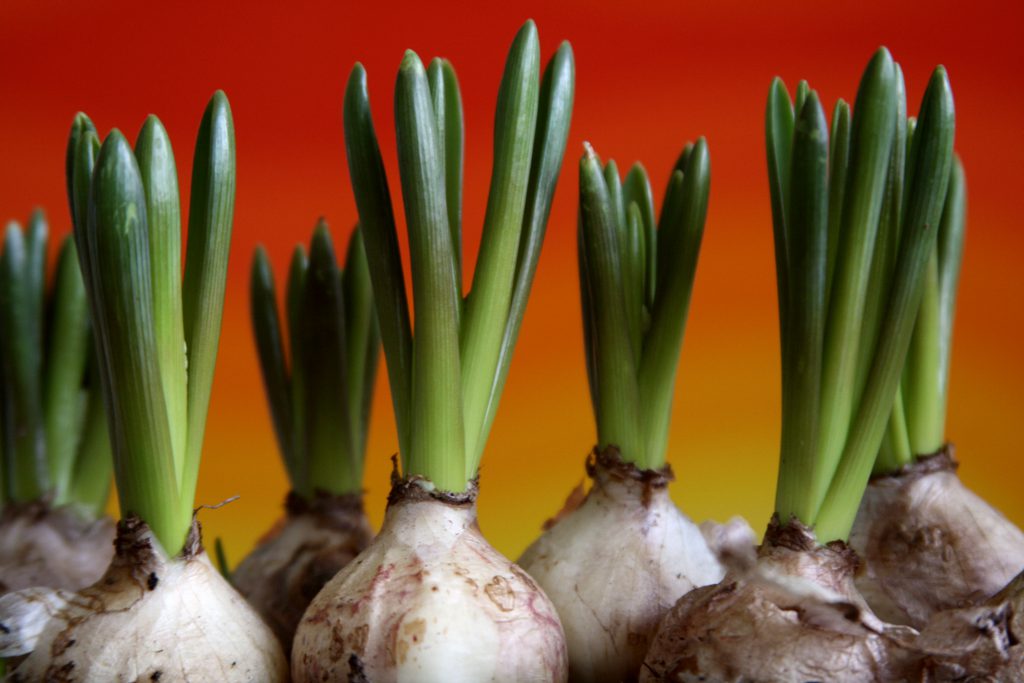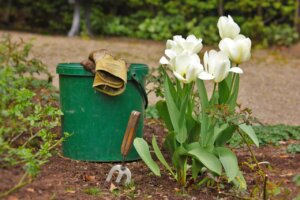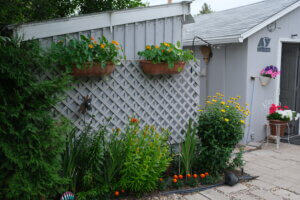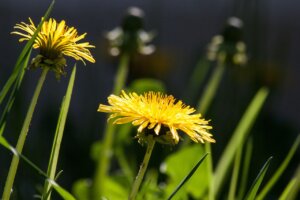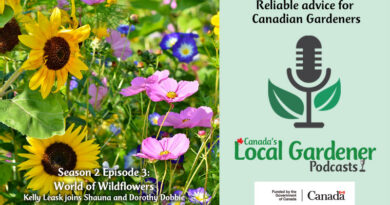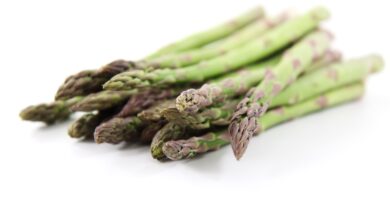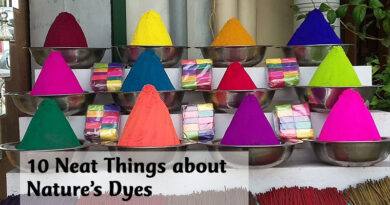Bulbs, Corms and Tubers
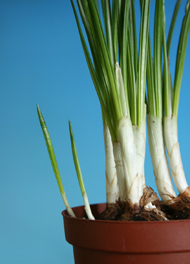
What is the difference between bulbs, corms and tubers? And what about all those other things? To start, they are all underground storage units ready to spring into life under the right conditions. Although all these storage units are often casually called bulbs, the fancy all-encompassing term is geophyte.
Bulbs
True bulbs include tulips, daffodils, onions, alliums, hyacinths and lilies. They have a basal plate from which roots emerge, and they contain a compressed stem surrounded by scales that become leaves. Bulbs are usually round or eggshaped with a pointy end, which goes up; the basal plate goes down. Bulbs produce offspring bulbs from the inside of the old bulb and also bulbils (tiny pre-bulbs) from the basal plate.
Corms
Gladiolus, freesia, and crocus are corms, which are also round but flatter in appearance. Corms are actually stems with a basal plate, but they are solid, not made up of scales. If you look closely at a corm, you will see bumps on the upper surface. These are nodes where the leaves will emerge from the growing. When corms are exhausted, they use energy from the growing leaves and stem to create a new corm. When you dig them up in fall, you will see the spent corm, like a dried up prune, still clinging to the bottom of the new flowering corm. Corms also put out little offshoot corms. Nurture them and over time they become new plants.
Rhizomes
Rhizomes include common iris, lily-of-the-valley, canna and calla lily. These swollen underground stems grow horizontally just under the surface of the soil. Buds for new leaves occur along the surface of the rhizome.
Tubers
Tubers, such as potatoes, are thickened underground stems. They have no basal plate. The eyes of the potato are the growing tips from which stems will emerge. Some tubers are fleshy root tissues, looking like fat fingers, such as those found in dahlias and anemones. Daylilies also grow from tubers but they are long and slender. The stem emerges from the crown, where the roots join together.
Others
Finally, there is something they call an enlarged hypocotyl. The hypocotyl is the stem of a seedling. In a handful of plants, this stem is enlarged to a fleshy underground storage vessel. Tuberous begonias and cyclamen are examples of this.
Luckily for gardeners, all the geophytes are fairly similar in manner. Those that are not hardy, such as glads, begonias and dahlias, are planted in the spring and have to be lifted in the fall and stored indoors to be replanted in the spring.
Hardy bulbs and corms, including tulips, daffodils and alliums, are fall plants. Meanwhile, it is best to plant hardy rhizomes and tubers in the spring and left in the ground year



